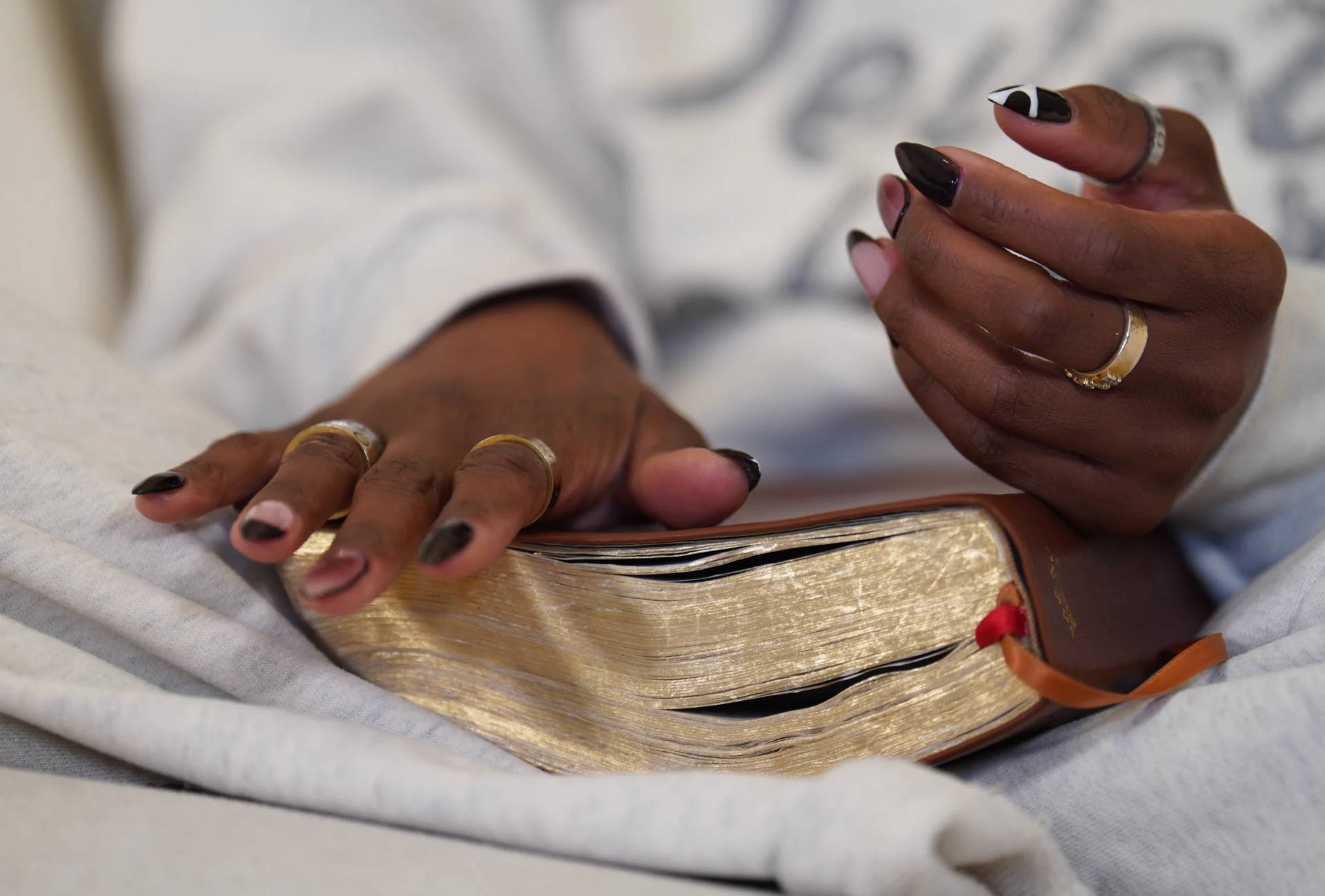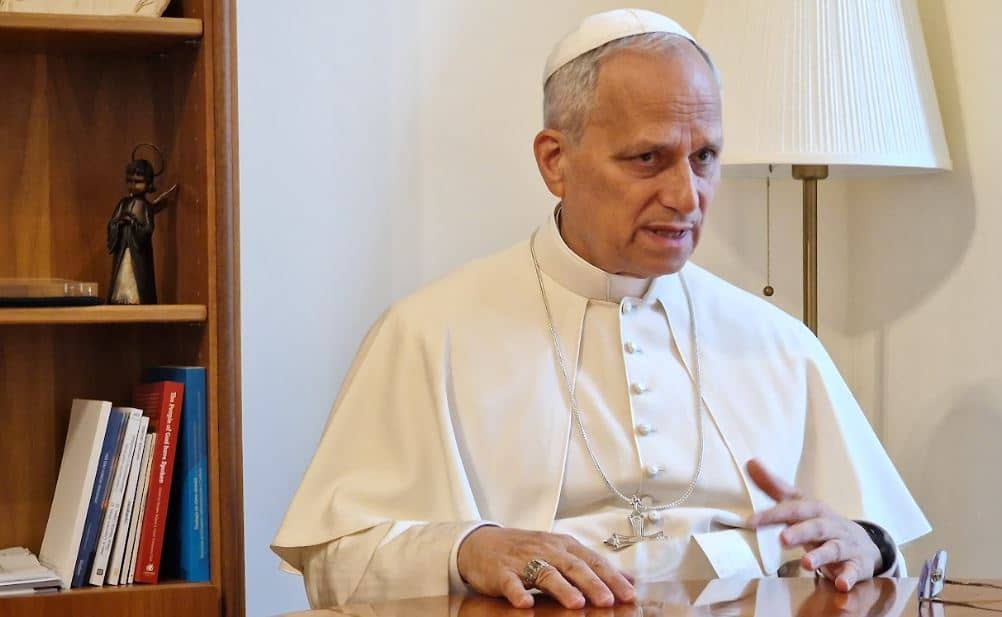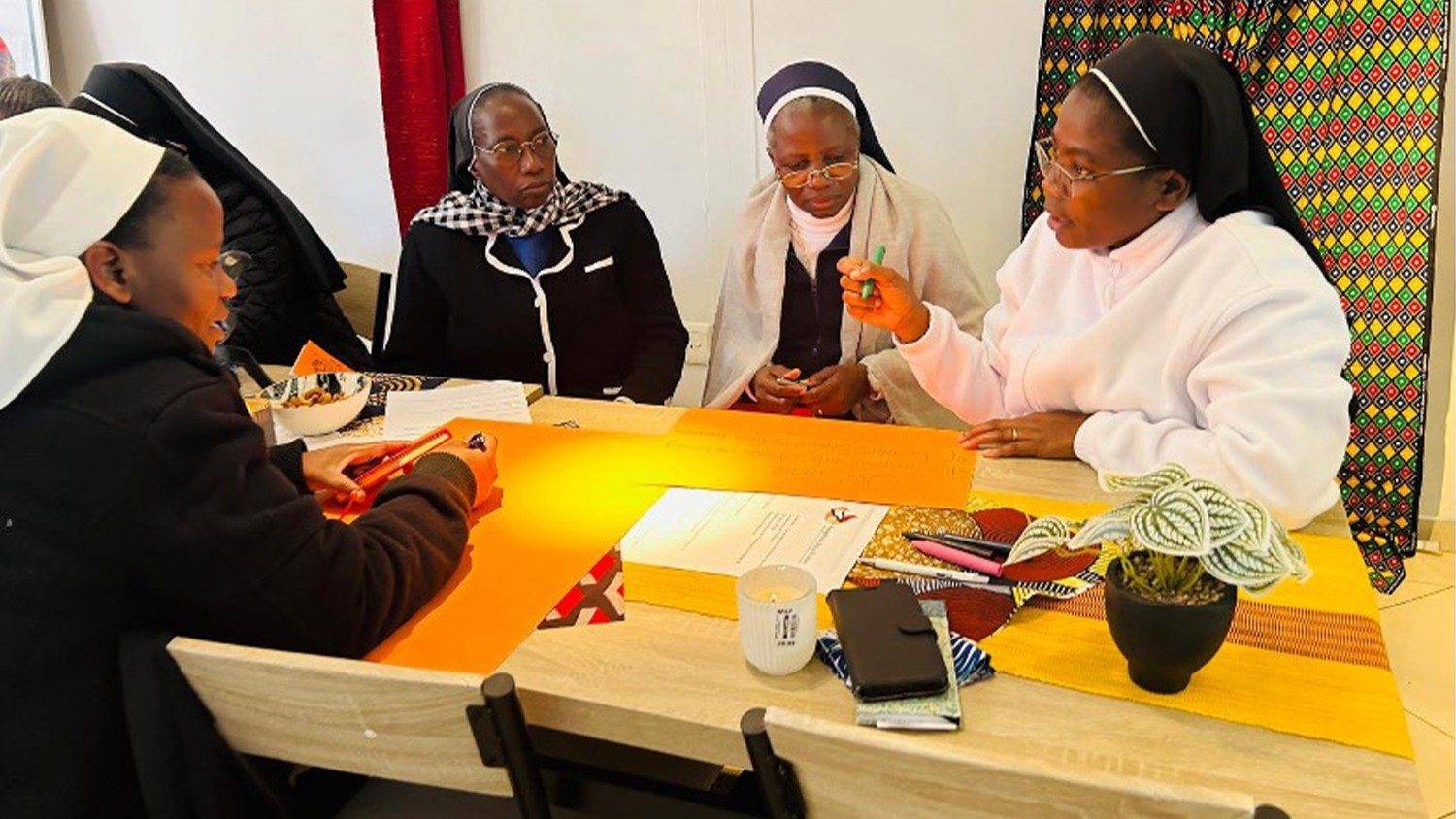When Pope Francis stages his next big canonization ceremony on Sept. 4, the star of the show will be Mother Teresa, the legendary “Apostle of the Poor” who stands as one of the most iconic Catholic figures of the 20th century.
An important member of the supporting cast that day, however, will be Marcilio Haddad Andrino, a Brazilian who’s what the Italians call the miracolato – the person who experienced a miracle attributed to the saint’s intercession, in this case a miraculous recovery from brain abscesses in December 2008.
The recovery occurred after his wife, Fernanda Nascimento Rocha, prayed to Mother Teresa for help as she watched her husband clinging to life.
In May, Andrino and Rocha sat down to talk about their experience with David Van Biema, a veteran U.S. journalist with Time and the Religion News Service.
A story based on this transcript forms a chapter of Mother Teresa: A Modern Saint by David Van Biema. The 96-page, beautifully illustrated book from TIME Inc., has been reissued with new material on Teresa’s second miracle and on her relationship with Pope Francis. It’s available here via Amazon and on newsstands now.
The following is part one of an edited transcript of Van Biema’s conversation with Rocha and Andrino, which appears courtesy of Time. The second installment will run on Crux on Monday.

Van Biema: What are your birthdates?
Andrino: Mine is August 29, 1973, and hers is Dec. 11, 1973.
Marcilio, what sort of engineer are you?
I’m a mechanical engineer. I have an MA and a PhD. I work with the government in the federal system. I am an intellectual property patent examiner.
Fernanda?
I used to work in pedagogy. I was a public employee in São Paolo. I spent many years doing that. When I moved to Rio I became a stay-at-home mom.
Marcilio, how did you and Fernanda first meet?
I used to live in the city of Santos, and she used to live in São Vincente, which is next to it. We met each other on the beach in 2000. We call the beaches “channels.” So this was at Channel 1, and the neighborhood proper was called Jose Menino.
Fernanda, when did you become aware of the Missionaries of Charity and Mother Teresa?
I used to know Mother Teresa like everybody else did– I was familiar with her. But I became aware of the work of her Sisters later.
I have always been involved with the Our Lady of Aperecida congregation. I was baptized in 1975, and didn’t leave. In 2004, my dad suffered a car accident and Father Elmiran Ferreira took over our congregation in 2006. I had a close contact with him after my dad’s death. I was a catechist.
Then in 2008, when I was talking to Fr. Elmiran again about Marcilio’s situation, he made me aware of the Missionaries’ work.
Did you pray to the saints before 2008?
Yes, I used to pray to all the saints, but not to Mother Teresa, not directly to Mother Teresa.
When did the two of you move to Rio?
Andrino: I left in 1998. I was accepted at The University of Campinas, and I haven’t lived in Santos since then. But my family was in Santos and I would still visit, especially over the weekend. That’s how I met Fernanda.
When did you become engaged?
Andrino: After I completed my PhD studies and passed a public sector recruitment examination, in 2006.
What were the first signs that you were ill?
The first symptoms occurred in 2008. I had double vision, I couldn’t keep my balance, and I had ringing in my ears. I thought it was something very common, so I didn’t pay a lot of attention to it.
From March until October I went through several doctors and they were kind of guessing at a diagnosis, but not successfully. I wasn’t being treated.
That must have worried both of you.
Andrino: The whole family was concerned. I was going through several tests to try to establish a treatment. I used to take these very painful shots.
Rocha: Both families were really concerned. Marcilio has always been really very loved by my family as well, so both were deeply affected.
And someone gave you a novena to Mother Teresa.
Andrino: I used to work in the mayor’s office in Santos, and my boss, Adylles, gave me the novena. She had a brain aneurysm and had to go through a very delicate, very long surgery. It succeeded, and she credited the success to Mother Teresa.
When I got the novena, I didn’t have so much devotion. It was after Marcilio’s first symptoms. I prayed it, but not so regularly. Only later, when I got the holy relic.
Knowing that Marcilio was so sick, why did you proceed with the wedding that year and put such an investment in an unsure future?
Rocha: It didn’t feel like a heavy burden. Yes, it was a difficult moment that we were going through, but I had faith that God would ultimately provide and give us the best solution. There was a lot of uncertainty relating to Marcilio’s health before the wedding—that’s when Father Elmiran gave me the relic—but I always had a lot of faith in God.
Marcilio, your convulsions became worse during this period.
Andrino: I used to have mild convulsions, and then stronger convulsions. What would generally happen was I would go unconscious and blank out. I never ended up on the ground. You’re probably thinking of something like epilepsy. But that’s not how it was, and I always had a family member to help me out, praise God, so I never ended up falling.
How did you come to get the relic?
Rocha: Father Elmiran gave it to us. We used to talk every day. He married us; the preparation for the wedding was going on parallel with Marcilio’s illness.
One day—it must have been September 5th, 2008, because that’s the day he would have been visiting at the Missionaries of Charity house in Santos. It’s a holiday for them because of the liturgy. [Editor’s note: 9/5 is Teresa’s feast day.] He said, ‘I was with the Missionaries of Charity. and they gave me this relic.’
What did it look like?
Rocha: It’s a laminated card. It has an image of Mother Teresa on the front. She has her hands together. And a small piece of fabric from her clothes. And on the back there is a prayer.
And you said that not only did you use the relic, but this is when you started praying the novena more seriously?
Rocha: Yes. When he gave me the relic, I said, hmm, this is curious. It’s the second time Mother Teresa has crossed our path. She will be the solution to our troubles. This is going to be our salvation.
And you began praying both the novena and with the relic. How did you pray the relic?
Rocha: The relic is a daily thing, several times a day. It’s a moment of reflection, a request, full of faith and love and energy.
It’s a set prayer?
Rocha: Yes. But nothing prevents me from doing the set prayer and then adding words of my own request, that Marcilio would recover.
And the novena?
We do a reading and we read with our heart. We read with a lot of faith. The way you read a novena is not the way you read a simple book, or a simple story. We put all our strength, all our energy, all our heart, all our faith. The novena is a book that has to be prayed for nine days.
How does prayer on the relic go?
“Blessed Teresa of Calcutta,
you allowed the thirsting love
of Jesus on the Cross
to become a living flame
within you, and so became
the light of His love to all.
Obtain from the Heart of Jesus
“Mother Teresa, would you please heal Marcilio.”
Teach me to allow Jesus to penetrate
and possess my whole being so
completely that my life, too, may
radiate His light and love to others. ”
For the Church to accept a given miracle as a proof for a saint’s canonization, that saint must be the only figure prayed to other than Jesus or God. Why were you praying only to Mother Teresa and not to other saints?
Because by now, on these two different occasions, Mother Teresa had come to us; and what my heart felt was that Mother Teresa would act on this cause according to God’s will.
Marcilio, were you also praying to Mother Teresa?
Yes, I was praying with Fernanda at the hospital every night. She would place the relic on my head, on my brain, where the abscesses were present. Each night we would pray together, and Fernanda was also praying by herself.
At one point you began to pray even more.
Rocha: Marcilo had already been admitted to the hospital, there was no evolution in his case, no positive outcome in sight and so, the more aggravated his condition was, the more I would pray.
Marcilio, at what point did you have the attack that put you in intensive care?
Rocha: It was October 17, we had already been married, and he was at his parents’ house. He had a very strong convulsion, and he had to be taken to a clinic and from there to the hospital.
Andrino: I was sitting on the sofa at my dad’s house, watching a movie, and I blanked out and was taken to the hospital and I woke up and they called the ambulance, and the next thing I knew I was in the hospital.
How long were you there?
I was there for a month and a half. I was finally correctly diagnosed, with abscesses due to a brain infection. Then on December ninth my headache was so strong that they gave me morphine and put me in an induced coma. Later we found out that the abscesses had swollen and blocked the natural drainage of fluid in the brain. [Editor’s note: The office of the postulator for Mother Teresa’s cause reports the coma as natural and not induced.] I went to the intensive care unit and was scheduled for surgery.
Monday: The anatomy of a miracle.

















